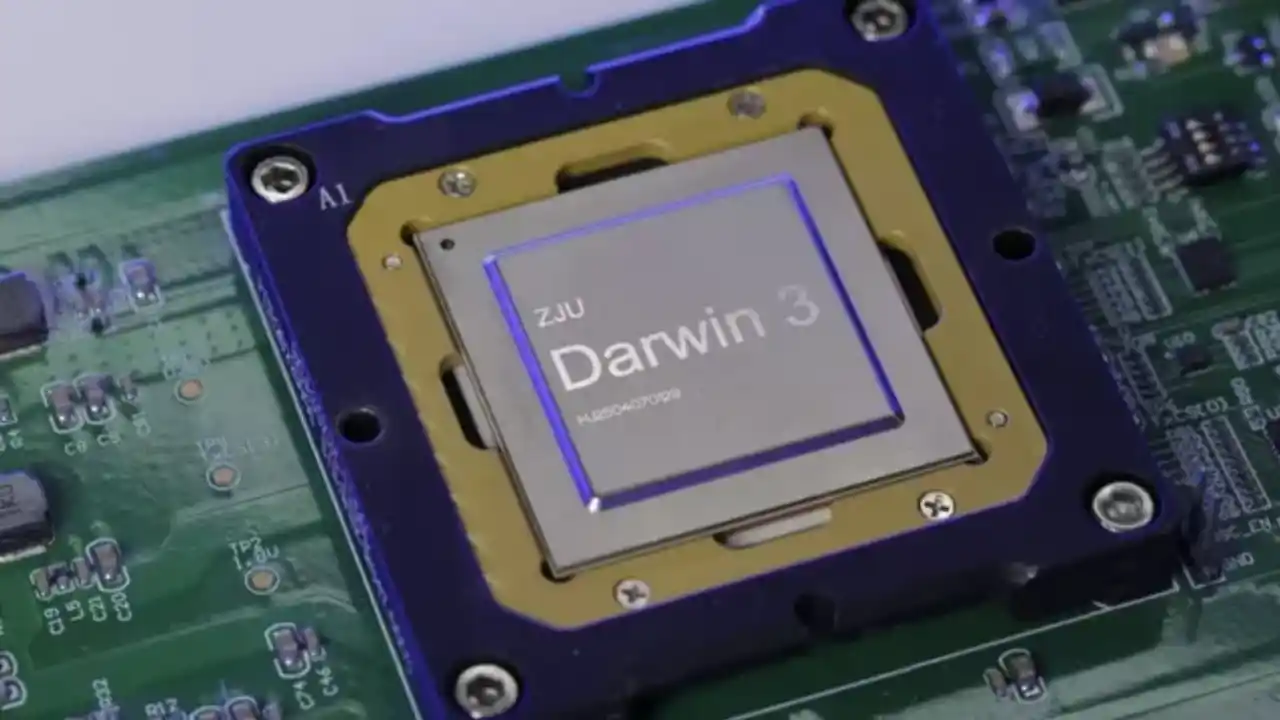China has made headlines with the launch of the Darwin Monkey, also known as Wukong, the world’s largest neuromorphic supercomputer. Designed to replicate the neural network of a macaque brain, this advanced system features over 2 billion artificial neurons and more than 100 billion synapses. Experts believe that this innovation marks a significant step toward achieving Artificial General Intelligence (AGI)—a level of machine intelligence capable of performing diverse tasks like human thinking.
Mimicking the Human Brain with Minimal Power
The architecture of the Darwin Monkey is based on spiking neural networks (SNNs), which imitate how neurons in biological brains exchange information. Unlike traditional computers that process data in continuous binary states, SNNs send out electrical impulses—or spikes—only when enough input is received. This process allows for faster parallel computing while reducing energy usage. Surprisingly, the system consumes only 2,000 watts of power, even though it is powered by 960 Darwin III neuromorphic chips, each containing millions of spiking neurons.
From Darwin Mouse to Darwin Monkey: China’s Progress in Neuromorphic Computing
This achievement builds on earlier projects such as Darwin Mouse, introduced in 2020, which simulated a rodent’s brain using 120 million neurons. The Darwin Monkey, developed by Zhejiang University and Zhejiang Lab with support from the Alibaba Group, goes much further by showcasing abilities in logical reasoning, mathematical problem-solving, and creative tasks. Researchers have also tested it by simulating the brains of zebrafish and mice, a step that could speed up studies in cognitive science and AI development.
Competing with Global Neuromorphic Projects
Before Darwin Monkey, Intel’s Hala Point held the record with 1.15 billion artificial neurons. However, direct comparisons remain complex since neuromorphic computers function differently from conventional supercomputers. Instead of relying on massive processing cores, neuromorphic machines physically replicate the brain’s structure, presenting an alternative approach to building machine intelligence.
A Gateway to Artificial General Intelligence
The launch of the Darwin Monkey highlights China’s ambition to lead in brain-inspired computing. As a technically advanced and energy-efficient system, it represents more than just a breakthrough in hardware—it could help bridge the gap between Artificial Intelligence (AI) and Artificial General Intelligence (AGI). By offering a platform that supports deeper insights into human brain activity, the Darwin Monkey could become a transformative tool for future innovation in neuroscience and AI.
